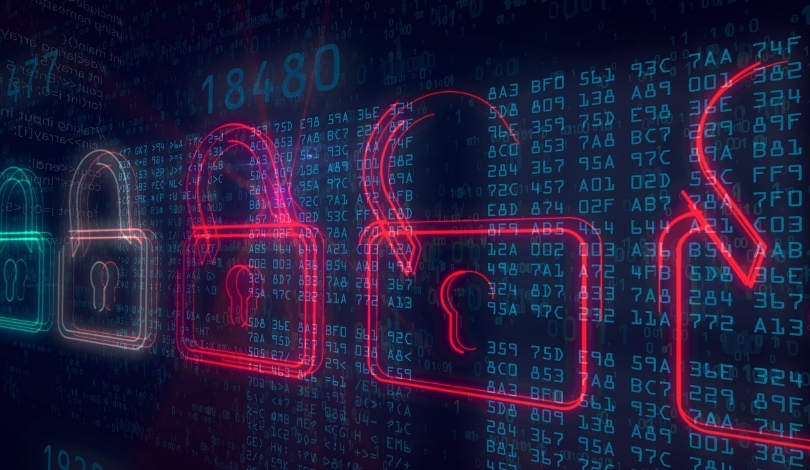Rising expenses linked to data breaches are causing concern among U.S. organizations in 2025 as the financial burden continues to escalate. Businesses are under greater pressure to improve their cybersecurity strategies amid increased fines and persistent threats. At the same time, detection and containment times are improving around the world, but the discrepancy between U.S. and global averages has widened. Each year, industry observers monitor such statistics for indications of shifting risk landscapes and regulatory impact.
Published findings from previous years revealed a steady hike in the global average cost of data breaches, but the latest IBM Cost of a Data Breach Report marks a reversal for global costs and a notable divergence for the United States. Whereas earlier studies showed a more uniform increase, the current data displays a 9% drop in the worldwide average to $4.44 million, even as U.S. organizations saw a record-setting 9% rise to $10.22 million. This escalation highlights deeply uneven burdens across regions and sectors, suggesting national policies, enforcement practices, and incident response capabilities are having varying effects on actual outcomes. Trends across industry sectors and breach types remain a focal point for analysts tracking threat actor behaviors and organizational preparedness.
What Drives the Rising U.S. Cost of Data Breaches?
The surge in U.S. breach costs is attributed to factors such as enhanced regulatory penalties, increased detection and escalation expenses, and ongoing recovery challenges. According to IBM X-Force’s Troy Bettencourt, both cost structure and response practices are fueling this shift.
“This widening gap helps explain why U.S. organizations continue to face the highest breach costs globally, further compounded by more organizations in the U.S. reporting paying steeper regulatory fines,”
stated Bettencourt. Although faster investigations are reducing global expenses, the complexity of fines and legal consequences in the United States is pushing total costs higher for affected organizations.
How Are Detection Times Impacting Recovery and Costs?
Faster detection rates have generally limited the scope of breaches and cut down on disruption. IBM reports the average time to identify and contain a breach has dropped to a nine-year low of 241 days globally.
“Shorter breaches mean less disruption, faster containment, and fewer chances for attackers to access sensitive systems or data. Time really is money when it comes to breach impact,”
said Bettencourt. These improvements in response time are proving valuable, with detection and escalation remaining the largest cost driver, averaging $1.47 million worldwide.
Which Sectors and Threats Lead Data Breach Incidents?
Health care organizations continue to experience the highest costs, averaging $7.42 million per breach for the fourteenth year. Significant financial impact was also reported in financial, industrial, energy, and technology sectors. Breach attribution analysis reveals that 51% of incidents stem from malicious attacks, followed by human error and IT failures. Phishing was the most prevalent entry method, and ransomware-related extortion pressures saw more companies refusing to pay.
Security incidents targeting artificial intelligence systems are emerging rapidly, with 13% of surveyed companies reporting breaches involving AI models or applications. Despite these rising risks, nearly two-thirds of organizations lack formal AI governance policies, exposing them to further vulnerabilities and operational risks. Companies are recognizing the importance of quick containment, robust penalty response, and ongoing vigilance as core functions in reducing impact and liability.
As organizations weigh the costs associated with prevention, detection, and post-incident recovery, the disparities uncovered by IBM’s report underscore the need for tailored strategies in each jurisdiction. An effective data breach response requires not just investment in technology but a coordinated legal, operational, and educational approach. For U.S. companies, addressing regulatory requirements and enhancing rapid containment procedures can be vital in controlling costs. For any organization, the effectiveness of governance—especially for new areas like AI—is set to emerge as a key differentiator in the years ahead.










